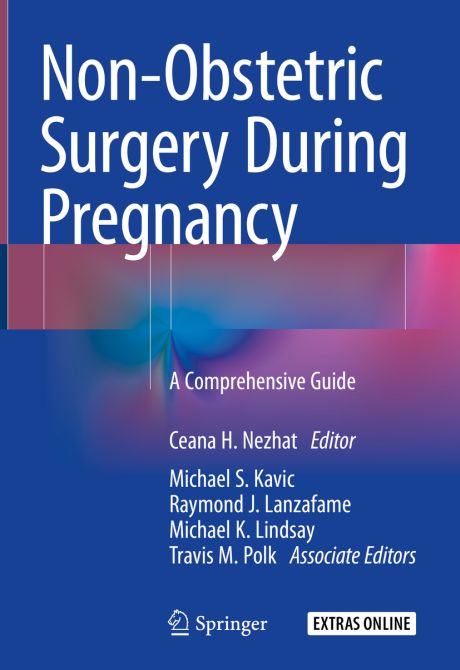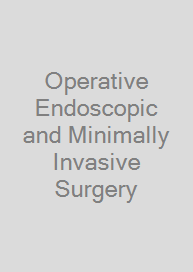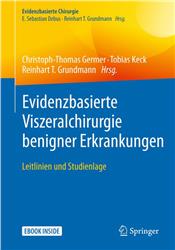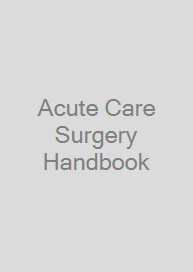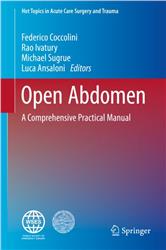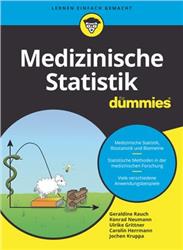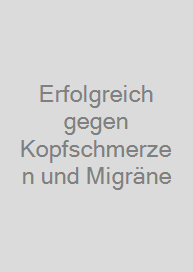Non-Obstetrics Surgery During Pregnancy
A Comprehensive Guide
| Auflage | 1st ed. 2019 |
| Seiten | 654 pp., 205 illus. |
| Verlag | Springer |
| ISBN | 9783319907512 |
| Artikel-Nr. | 563563 |
Lieferzeit ca. 5 Werktage
Produktbeschreibung
As minimally invasive surgical techniques evolve, the outlook for patients continues to brighten. This is also true for pregnant women experiencing conditions requiring surgical intervention during gestation. A physician’s ability to identify potential risk factors in pregnant patients that present pre-op directly corresponds with their success in monitoring patients in post-op for adverse obstetric outcomes from non-obstetric surgeries. The utilization of laparoscopic techniques during surgery for pregnant patients has decreased the risk of fetal complications and increased the positive outlook for the duration of the pregnancy.
This text is designed to present a minimally invasive approach to surgery that is non-obstetrics related and to educate readers on the potential risk factors and negative outcomes on pregnant patients following non-obstetric surgery. The various sections of this book will address issues faced by surgeons who undertake the task of operating on the pregnant patient. When performing non-obstetric surgery on a pregnant patient the ability to identify possible risk factors for adverse obstetric outcomes is important. Risk factors can be maternal-, surgical-, obstetrical-, or disease-associated. Common adverse obstetric outcomes following non-obstetric surgery include preterm delivery, preterm labor without preterm delivery, and miscarriage. Fetal well-being is an additional risk-benefit factor to be considered when weighing options before conducting non-obstetric surgeries on pregnant patients. This book will provide physicians with the knowledge and tools to identify common risk factors and successfully apply evidence-based risk reduction.
To date, no comprehensive resource is available for non-obstetric surgery during pregnancy. Types of pregnancies, potential complications, proper use of anesthesia, types of risk factors (maternal-, surgical-, obstetrical-, and disease-associated), etc. will be thoroughly explained and depicted within these pages. All chapters will be written by subject matter experts in their fields. All information communicated will be comprised of the most currently available knowledge
This text is designed to present a minimally invasive approach to surgery that is non-obstetrics related and to educate readers on the potential risk factors and negative outcomes on pregnant patients following non-obstetric surgery. The various sections of this book will address issues faced by surgeons who undertake the task of operating on the pregnant patient. When performing non-obstetric surgery on a pregnant patient the ability to identify possible risk factors for adverse obstetric outcomes is important. Risk factors can be maternal-, surgical-, obstetrical-, or disease-associated. Common adverse obstetric outcomes following non-obstetric surgery include preterm delivery, preterm labor without preterm delivery, and miscarriage. Fetal well-being is an additional risk-benefit factor to be considered when weighing options before conducting non-obstetric surgeries on pregnant patients. This book will provide physicians with the knowledge and tools to identify common risk factors and successfully apply evidence-based risk reduction.
To date, no comprehensive resource is available for non-obstetric surgery during pregnancy. Types of pregnancies, potential complications, proper use of anesthesia, types of risk factors (maternal-, surgical-, obstetrical-, and disease-associated), etc. will be thoroughly explained and depicted within these pages. All chapters will be written by subject matter experts in their fields. All information communicated will be comprised of the most currently available knowledge
